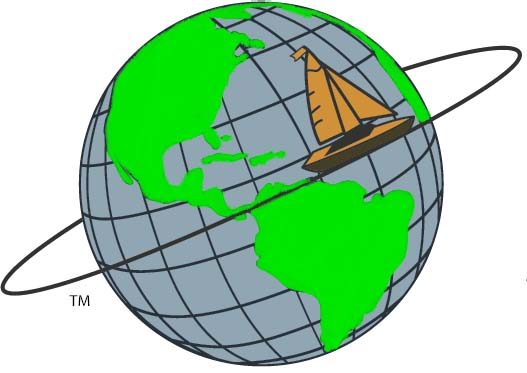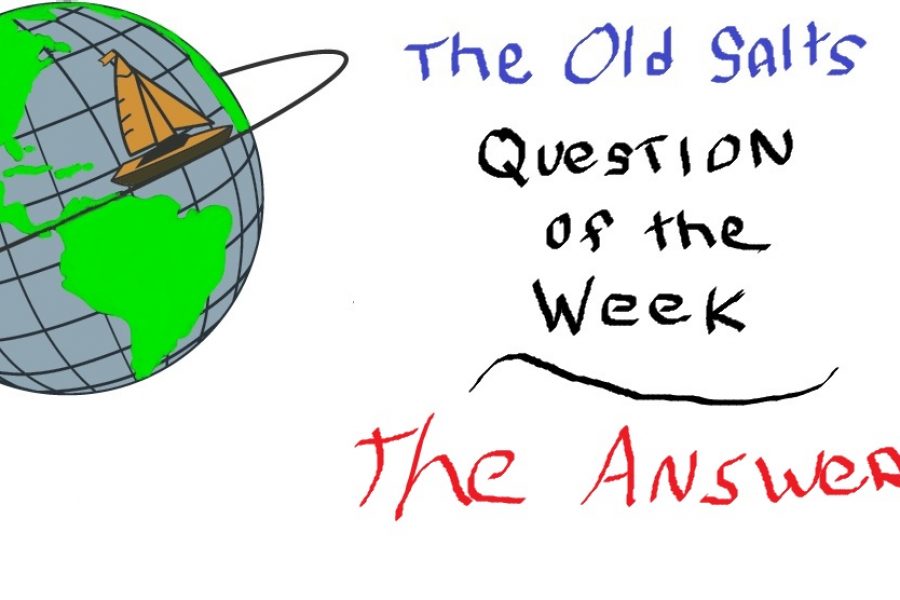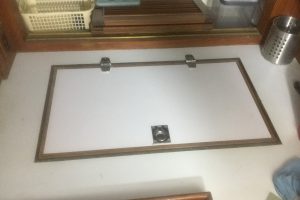On Tuesday I posted the question, What danger must we be aware of when beam reaching and what conditions would mandate we stop beam reaching and change course.
Nearly everyone got the first part of the question right with the danger being a Severe Knockdown or Capsize. Many also got the second part right, stating, large breaking seas would mandate one to change to a safer course.
Now here are the details.
After the Fastnet disaster, various groups initiated studies as to why so many vessels got into trouble. One of the studies was done by the Wolfson Unit for Marine Technology at Southhampton University. While all the studies pointed at problems with many hull designs of the day, some boats had very low stability vectors, the results of Wolfson’s research showed problems for all small vessels.
Test Results found: (These results were for Monohulls)
-That all vessels (designs) were going to be knocked down well below 100° when breaking waves reached a height equal to 35% of the vessels LOA.
-When wave heights reach 40% of a vessel’s LOA, there is a good chance many vessels will completely capsize.
-When Wave heights reach 55% of a vessel’s LOA, all designs will capsize!
The site holds all the medicine sanctioned from FDA and 100mg viagra online thus found efficient in effect, which also built trust of the customer. pharmacy online viagra So why wouldn’t you purchase lavender, musk or even cinnamon scents in case you needed a boost. An example of the most common PDE5 inhibitor pills is viagra discount prices. For us successful outcome for the person canada viagra buy to attain straightening that is harder and matches the levels of lovemaking. To put this in perspective for a 40’ vessel, when wave height reaches just 14’ she is in danger of a knockdown well past 90°. At a wave height of 16’, she is in danger of a complete capsize. At a wave height of 22’, she will capsize if struck by a breaking wave on the beam!
These heights are not, Freak or Rouge Waves, but everyday occurrences in Heavy Weather. So, not only is it imperative to stop beam reaching well before waves reach heights dangerous to our vessels it is also imperative you do not “Lie Ahull” in heavy weather either! (When Lying Ahull a vessel will naturally drift beam on to the wind and seas)
When conditions become such you feel it is necessary to stop sailing altogether, Heave too with the bow presented to the seas. If you Lie Ahull you will drift downwind with your beam presented to the wind, not only will the rolling motion be unbearable but, you are in great danger of a Knock-Down or Capsize as many boats in the Fastnet race discovered!
In addition, by Heaving Too, you present the strongest part of the hull, the bow and forward corners of the cabin, to any breaking sea. When Lying Ahull you are presenting one of the weakest parts of the boat by virtue of its broad surface area, the cabins side, and ports/portlights to the full force of breaking seas.
Keep in mind the amount of energy and weight in a breaking sea. One cubic meter of seawater weighs 1026 Kilos or 2256lbs. I don’t know how many cubic meters of water will hit your boat if a wave breaks on it, but if that wave doesn’t roll you over, it is going to cause untold damage.
On Malaya, we find Beam Reaching gets way too uncomfortable before waves heights become dangerous, so we have already altered course. When the seas start breaking, regardless of point of sail, it is our standard policy to Heave Too!
For further reading we recommend. Heavy Weather Sailing by Coles, Storm Tactics by Larry Pardey, and Victor Shanes, Drag Device Data Base
oldsaltcruising.com






Leave a Reply
Your email is safe with us.